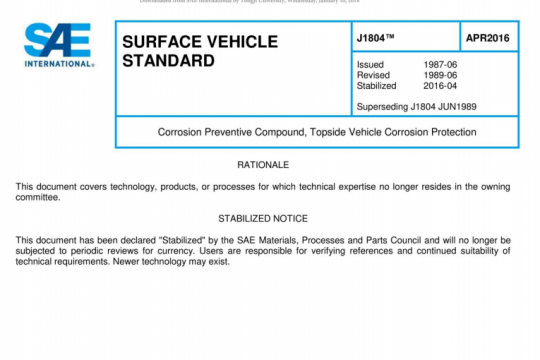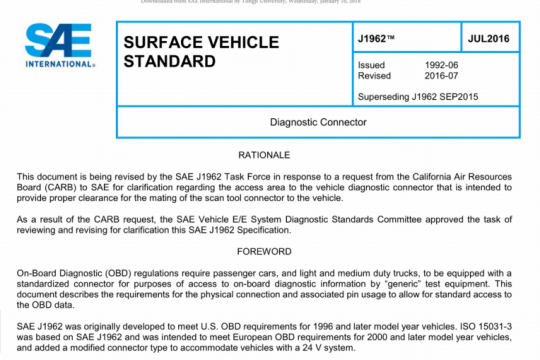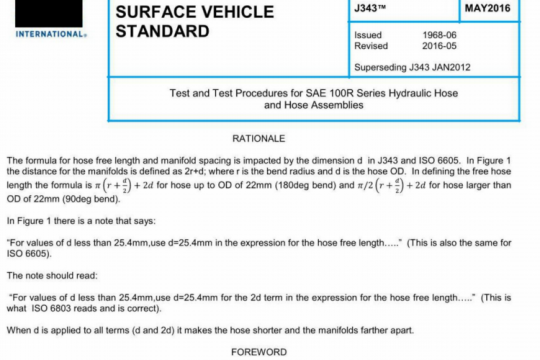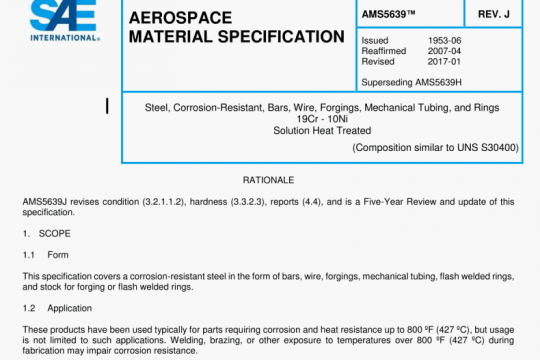SAE J3160:2020 pdf free
SAE J3160:2020 pdf free.Recommended Practice for Improving Measurement Quality of Particle Number Counting Devices
An important benefit of the European Union (EU) Particulate Measurement Program (PMP) definition of SPN is that it provides a particle measurement methodology that is traceable to primary standards, can be reasonably well calibrated,and can be standardized from laboratory to laboratory. However, SPN counting, as it applies to motor vehicle exhaust, is a PN emissions protocol based on a specific sampling and sample preparation procedure. This regulatory definition of SPN poses certain limitations that need to be considered when extending the method beyond the regulatory application to more general engine exhaust measurements beyond type approval and emissions certification.
The PMP defines solid particle counting in terms of the regulatory approach to vehicle exhaust sampling, namely constant volume sampling (CVS) into a dilution tunnel. In this procedure, vehicle exhaust is transported through a high temperature resilient hose to the dilution tunnel where the exhaust mixes with clean, humidity- and temperature-conditioned dilution air.Sufficiently far downstream to ensure good mixing, diluted exhaust is sampled into the volatile particle remover (VPR) that precedes the particle counter. This consists of three parts: a high temperature diluter (2150 °C), here termed PND1, an evaporation tube (300 to 400 °C wall temperature), and a room temperature diluter, PND2. Alternatively, a catalytic stripper or thermodenuder can be used to remove semi-volatile species in place of the evaporation tube. This additionally diluted exhaust then enters a particle counter with counting efficiencies of 50% at 23 nm (D50 lower size cut-point of 23 nm) and minimum 90% at 41 nm. This lower size limit was instituted to avoid counting volatile particles that can potentially re-nucleate downstream of the VPR. In the future, this limit may be lowered to 10 nm.
The important point is that the SPN method was developed specifically for regulatory measurements of low particle concentrations near room temperature and pressure. It cannot be directly applied to “raw” exhaust measurements, which are typically at high temperature, high pressure, and may include high particle concentrations. Instead, additional sampling precautions are necessary, chief amongst them rapid dilution close to the sampling point that simultaneously reduces sample temperature and particle concentration.SAE J3160 pdf free download.




